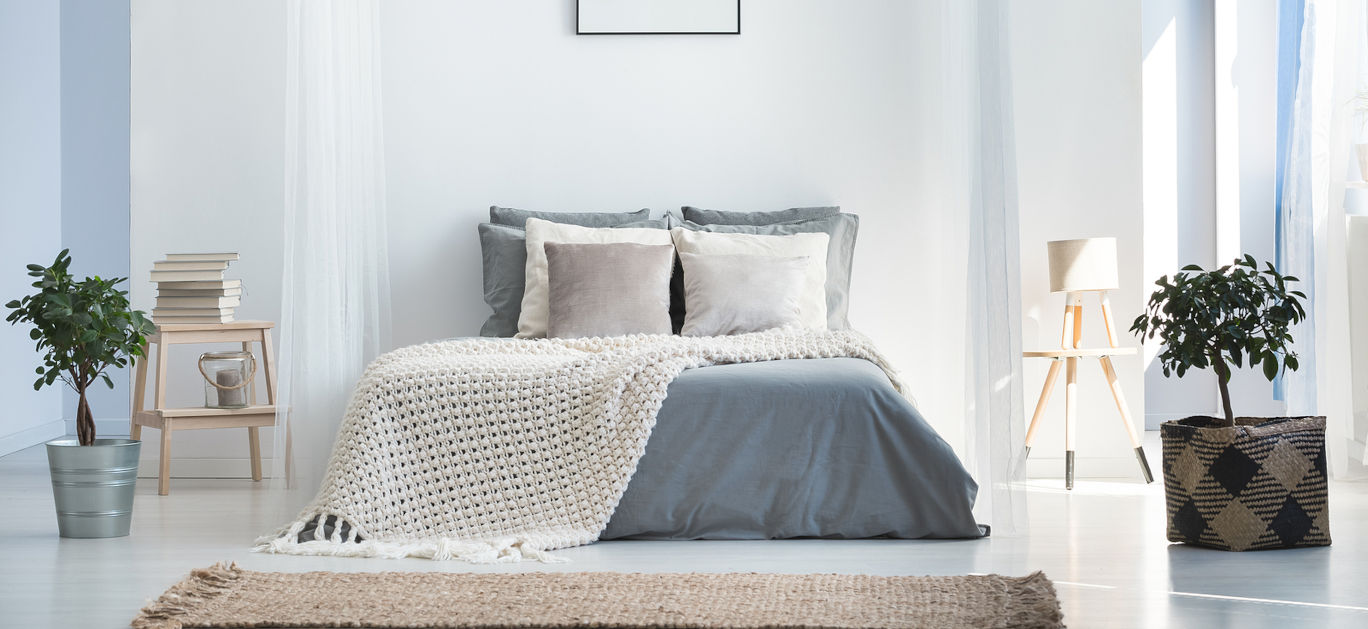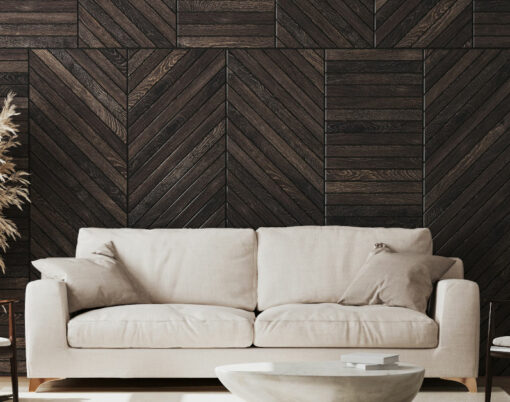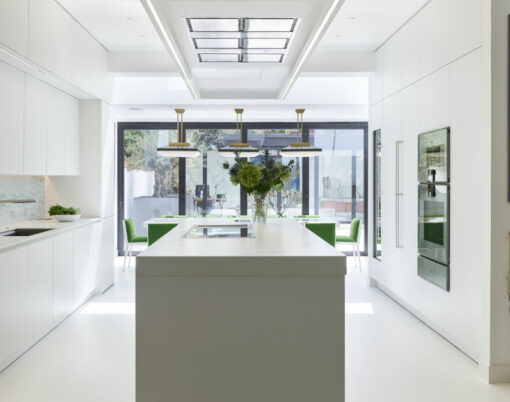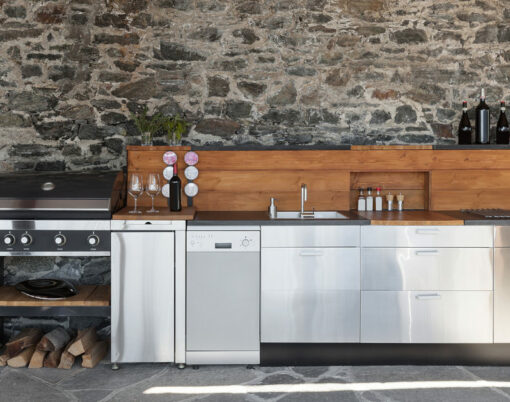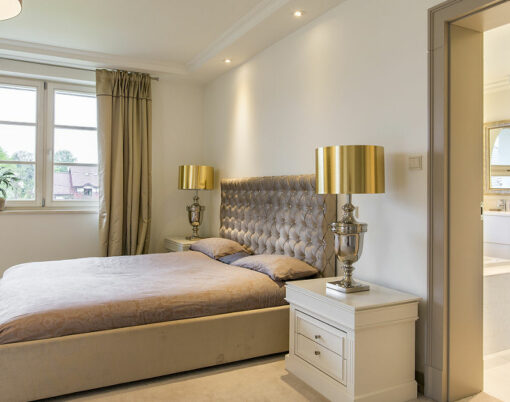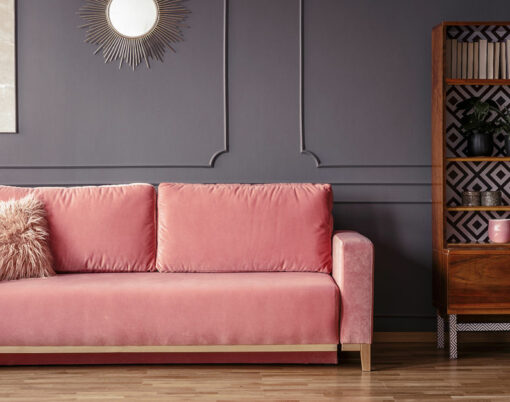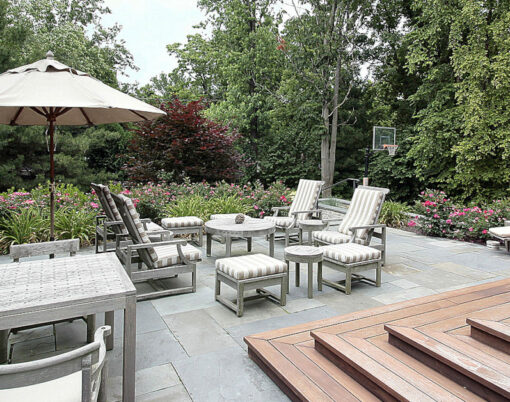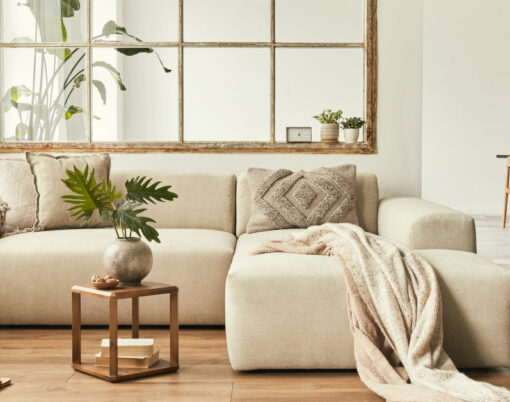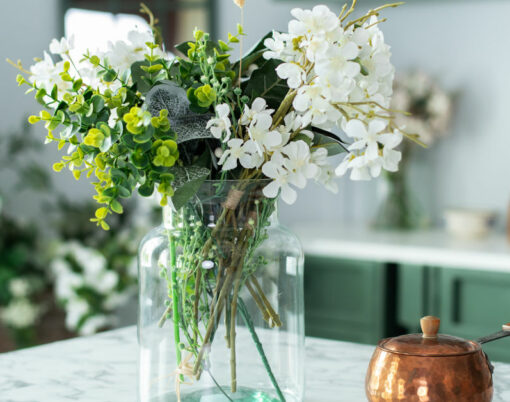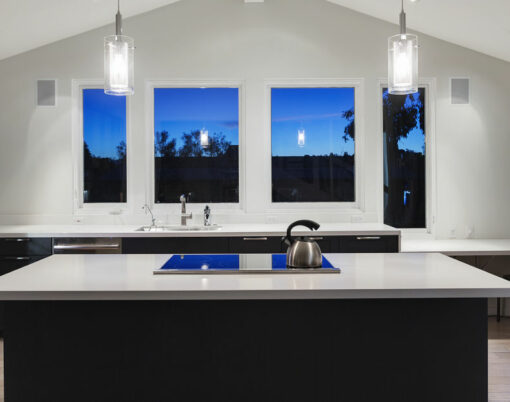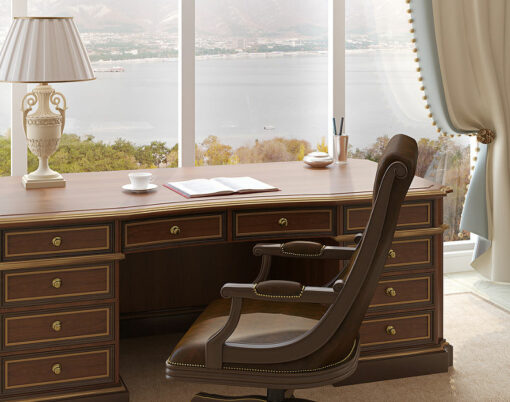Living plants can transform any space and breathe new life into your home, bringing a touch of nature indoors and making you feel more connected to the outdoor world even whilst working or watching TV.
Over recent years, plants have become a key feature in luxury abodes, with large, floor-standing varieties and tiny succulents alike all taking pride of place and exemplifying your taste and design flair as a homeowner – but if you’re new to them, then it can be difficult to know which ones to buy and how to make them look good. Then, there’s the dilemma of how to look after them and keep them looking their best – but armed with the right knowledge, it’s easier than you think.
Here, online marketplace Flowwow’s interior design expert, shares five universal tips for landscaping within the house for the ultimate luxury appeal.
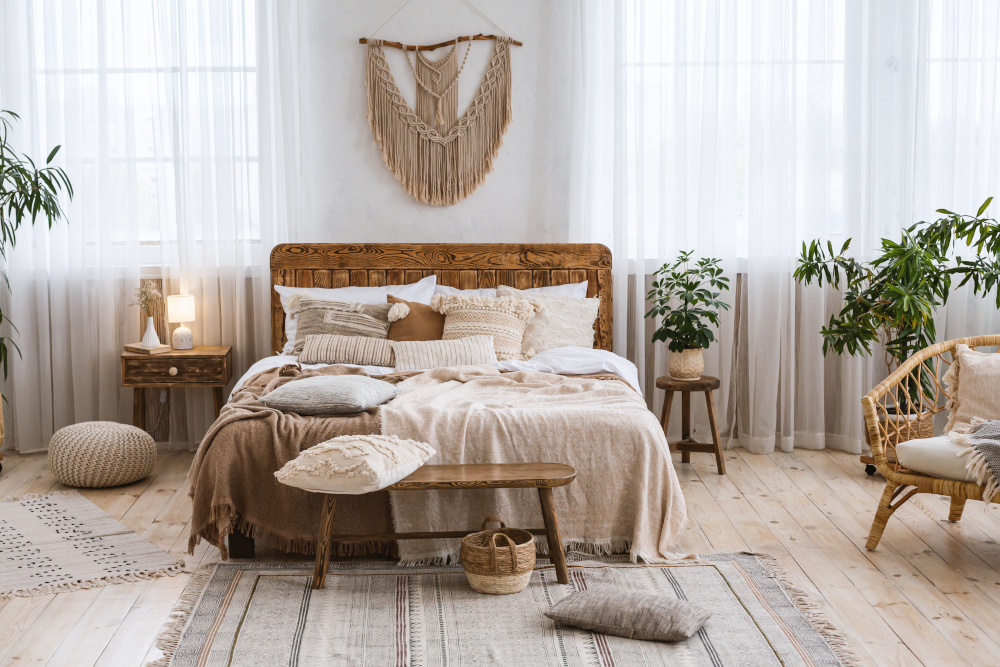
1. Combine different types of plants
Positioning a group of similar plants close to one another in an unused corner is a simple way to create a flower bed effect, but it can look a little bit boring and lifeless without a little extra design flair. However, you can easily add interest by combining complementary plants of different kinds in terms of colour, shape and texture to create contrast. This will also create a more natural effect overall, just stick to similar plant pot styles and designs to add a sense of harmony and to give them each something in common.
2. Create aesthetically pleasing arrangements
Plants scattered haphazardly around the room can create a cluttered effect, so take some time to think about the placement of your foliage carefully. Think about unused areas that could do with a little brightening up or create a feature out of them by placing them next to an eye-catching element like a fireplace or bookcase.
Once you’ve chosen your plant types, it’s time to consider size, and grouping either small and medium, or medium and large plants together is a great way to go. Avoid placing large and small plants together, as this won’t achieve the desired effect and the more petite offerings will quickly begin to feel swamped. If you’ve chosen plants that require a fair amount of natural sunlight in order to flourish, then ensuring that none of them are overshadowing one another is key element to consider.
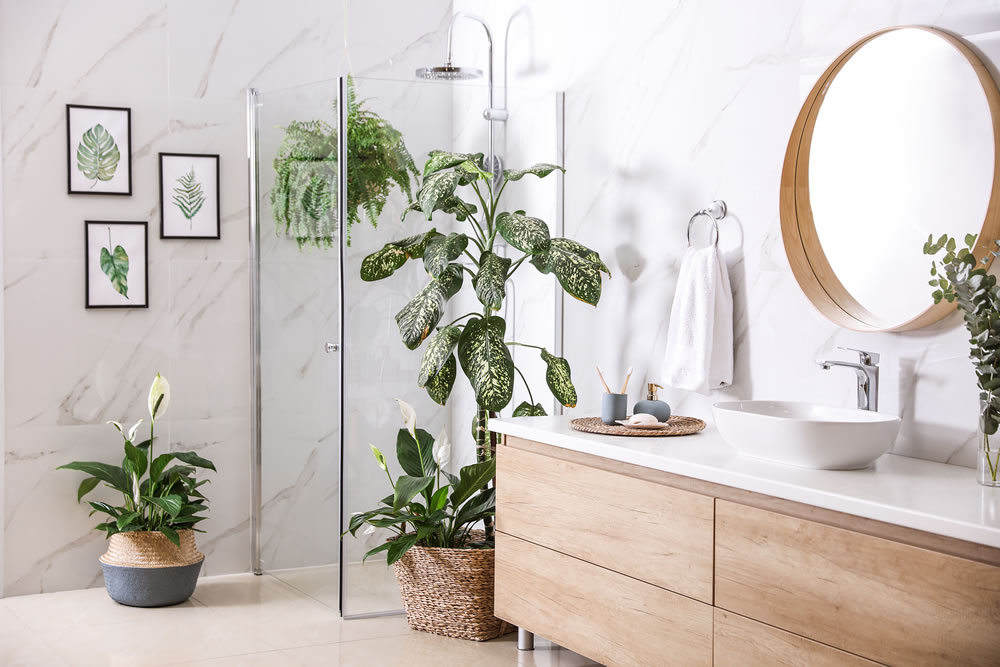
3. Choose a flowerpot designed for your interior
When choosing your flower and plant pots, take the overall look and feel of your home into consideration and opt for designs that are in keeping with this aesthetic. Sentimental clay pots, for example, will look out of place in a high-tech kitchen while glass cubes will be lost against the background of the ornate Empire style, so instead, follow these basic rules to get it just right.
For classic interiors, opt for standard-shaped planters and consider gilded detailing and ceramics to add a touch of opulence. Scandinavian style aesthetics, meanwhile, are best combined with simple shapes and colours — black, white and shades of ochre all work well.
For an ultra-modern or futuristic looking space, pick geometric shapes and simplistic materials like glass, concrete, chrome. And finally, if your abode gives a nod to country styling, then clay, ceramic or other natural material planters, baskets, rope plant hangers made of sisal are all excellent choices that will enhance your space with effortless ease.
4. Don’t be afraid of stabilised plants
If you’re inexperienced when it comes to caring for plants and don’t have the patience to tend to something and watch it grow, then consider investing in some stabilised plants. They are still completely natural, but require no maintenance, and could be anything from robust succulents to decorative trees and flowers.
Stabilised plants are created through a conservation process in which natural sap is replaced with a 100 percent biodegradable preservative, and keeps them looking happy, healthy and full of life for a long time to come, with zero effort on your part. So, if you live a busy lifestyle then they’re the perfect solution.
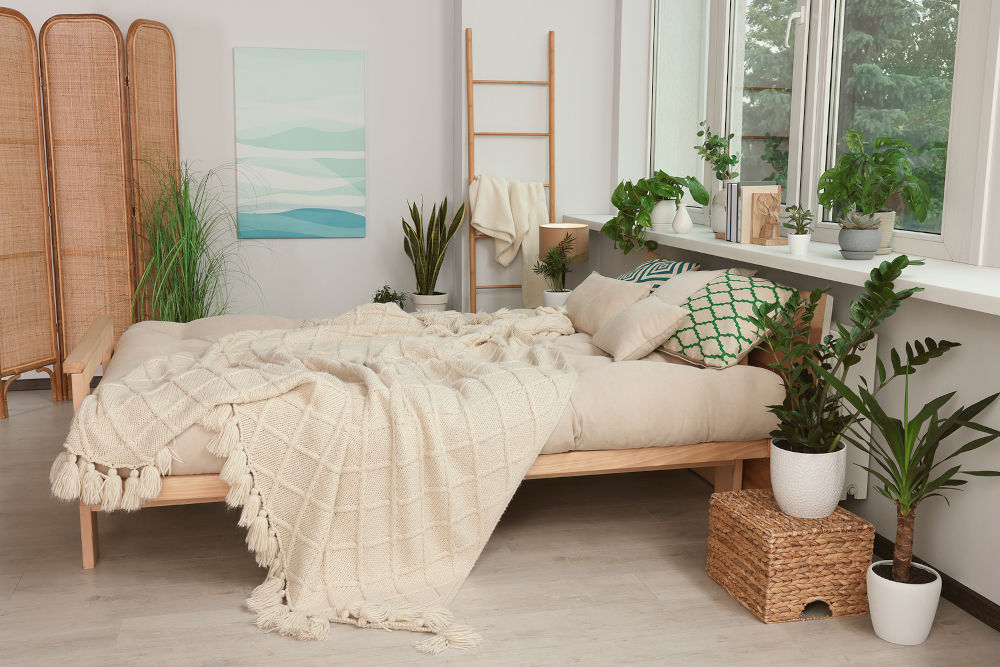
5. Look for plants that reflect your character
If you’re feeling a little bit lost when choosing your plants, then go for the ones that speak to you the most. Those you gravitate towards naturally are often the ones that best align with your personality and taste, so don’t be afraid to listen to your instincts when perusing your options.
Do bear in mind, however, that indoor plants require varying levels of natural light to thrive, so be sure to read the care labels when deciding where to put them and if, indeed, they are right for the space you have in mind. The care labels on plants will also tell you how often to water them and whether they require any additional maintenance, so take note of the information to keep your foliage looking fresh and fabulous for as long as possible.












